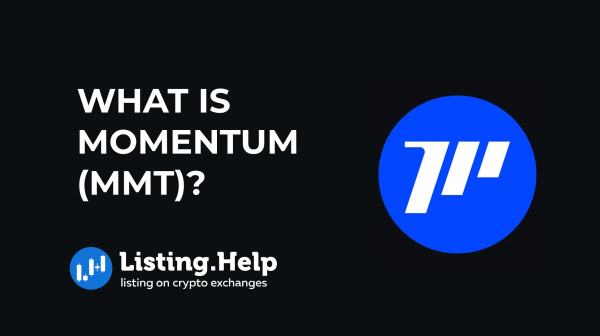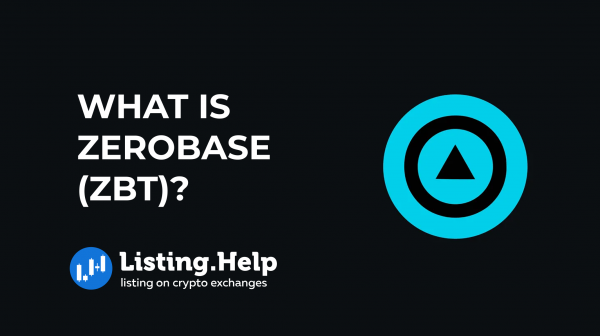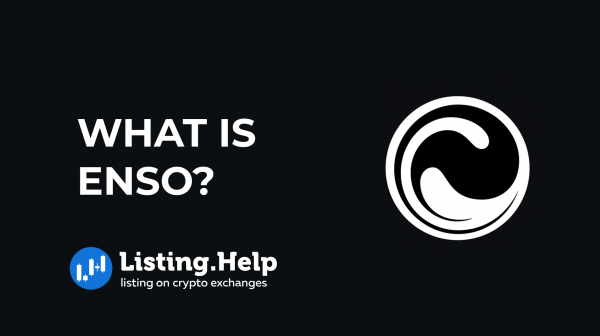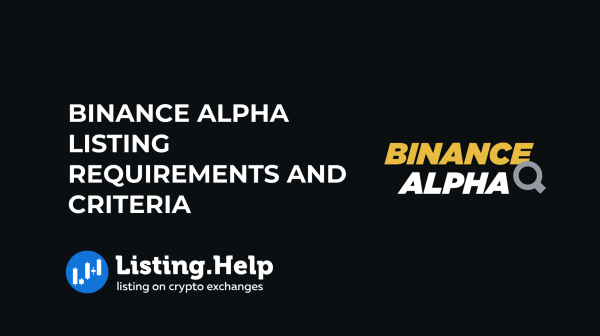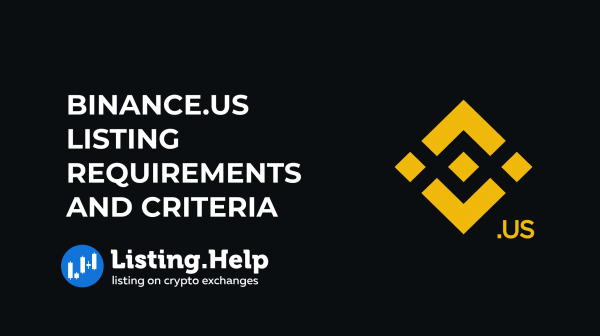Understanding Solana ETF and Its Rising Prospects
 July 30, 2024
July 30, 2024 Updated: January 26 2025, 07:14
Updated: January 26 2025, 07:14
LEAVE A REQUEST
Launching your own token project? Our experts are ready to help with listing on exchanges, market making, marketing and other solutions
SUBMIT APPLICATIONRecent activity and speculation about a potential exchange-traded fund (ETF) have contributed to Solana’s recent performance, according to several market experts.
Solana’s SOL tokens have surged by more than 18% in the last week, outperforming major cryptocurrencies like Bitcoin (BTC) and Ether (ETH). As of early Monday, SOL was trading above $180, reaching a three-month high.
Experts attribute SOL’s gains to increased trading activity on Solana-based platforms in recent weeks, which has strengthened its fundamentals.
“The Solana ecosystem is exhibiting substantial growth, demonstrated by heightened DEX activity, an increase in daily active users, and a rise in fees collected by the network,” noted Pat Doyle, a blockchain researcher at Amberdata. “These strong fundamentals, along with positive market sentiment, are driving SOL’s progress.”
According to DefiLlama, the total value locked (TVL) in Solana tokens has jumped over 25% in a month, surpassing $5.28 billion, a level not seen since April 2022. The network has consistently generated at least $1.5 million daily since June and has seen on-chain trading volumes exceed $2 billion daily for the past week.
What is an ETF?
In recent years, cryptocurrencies have become more popular, but many investors find the process of buying and selling them daunting, which can deter them from entering the crypto market.
An exchange-traded fund (ETF) is an investment vehicle traded on stock exchanges. It holds a portfolio of assets, such as stocks, bonds, or cryptocurrencies, and aims to mirror the performance of a specific index or asset. ETFs allow investors to buy shares in the fund, giving them exposure to the underlying assets without needing to own them directly.
What is a Solana ETF?
A Solana ETF is a type of investment fund that would track the value of the cryptocurrency SOL. It would enable investors to benefit from SOL’s price changes without having to purchase the cryptocurrency itself. By buying shares in the Solana ETF, investors can gain exposure to Solana through a familiar investment platform, like a brokerage account.
As of July 2024, there are no Solana ETFs available to investors. However, there are other options that provide exposure to SOL in different forms:
Grayscale Solana Trust (GSOL)
This closed-end fund allows investors to gain exposure to SOL. Unlike open-end funds, which accept new investments, closed-end funds raise capital by selling a fixed number of shares that can later be traded on the market. These funds often trade at a premium or discount to the actual value of SOL.
VanEck Solana ETN
The VanEck Solana exchange-traded note (ETN) tracks the price of SOL, offering similar exposure but with different risks compared to ETFs. Both ETNs and ETFs follow an index or benchmark, but ETNs are unsecured debt instruments issued by banks or institutions, making them somewhat akin to bonds.
How Would a Solana ETF Function?
Although Solana ETFs are not yet available, understanding their potential operation can help investors prepare for future opportunities. Here is an outline of how such a fund might work, assuming regulatory approval.
Creation of the ETF
A financial institution, such as a bank or investment company, decides to create a Solana ETF. The issuer buys SOL or financial instruments that represent SOL, like futures contracts. These assets will back the ETF.
Fund Structure
The issuer establishes the ETF, which holds SOL. The ETF’s value is linked to the market value of SOL or futures contracts tracking SOL. The issuer then creates shares of the ETF, each representing a portion of the fund’s assets.
Exchange Listing
The ETF is listed on a stock exchange, such as NASDAQ, allowing investors to trade shares like stocks.
Trading the ETF
Investors purchase shares of the Solana ETF through their brokerage accounts by placing orders for the desired number of shares. They can also sell shares of the Solana ETF through their brokerage accounts at market prices. The ETF shares trade throughout the day at market prices, which can fluctuate based on supply and demand and SOL’s price movements.
Valuation
The ETF’s value, or Net Asset Value (NAV), is calculated based on the total value of SOL or related assets held by the fund, divided by the number of outstanding shares. The market price of the ETF shares may slightly differ from the NAV due to trading activity, but it usually stays close to the NAV.
Management and Fees
The ETF issuer manages the fund and ensures it holds the necessary amount of SOL. The issuer charges an annual management fee, typically a small percentage of the fund’s assets, to cover the cost of running the ETF.
Advantages and Risks of Solana ETFs
Benefits
Convenience
Solana ETFs would provide a simpler way for investors to gain exposure to SOL without the complexities of directly purchasing, storing, and securing the cryptocurrency. This is particularly beneficial for those unfamiliar with the technical aspects of managing crypto assets.
Regulation
Managed by regulated financial institutions, Solana ETFs would offer a higher level of oversight and security. This could help mitigate risks associated with directly handling crypto, such as hacks or the accidental loss of private keys.
Accessibility
Solana ETFs would make the crypto market more accessible to a broader range of investors. They could use their existing brokerage accounts to buy and sell ETF shares, eliminating the need to set up separate crypto wallets or exchange accounts.
Risks
Market Risk
As with any cryptocurrency investment, Solana ETFs would be subject to market risk. The value of ETF shares could fluctuate significantly based on SOL’s price movements. Investors should be prepared for volatility and potential losses.
Tracking Error
The performance of a Solana ETF might not perfectly align with SOL’s performance. This discrepancy, known as tracking error, can result from factors such as management fees, operational inefficiencies, and the use of derivatives.
The Future of Solana ETFs
As the crypto market expands, the likelihood of introducing these specific ETFs increases. Many financial institutions are exploring the launch of cryptocurrency funds to address the growing investor demand. Although such ETFs are not currently available, their future introduction could provide new and accessible opportunities for investors to engage with the Solana ecosystem and its token.

For more insights and updates on the crypto world, don’t forget to check out our blog at Listing.Help.






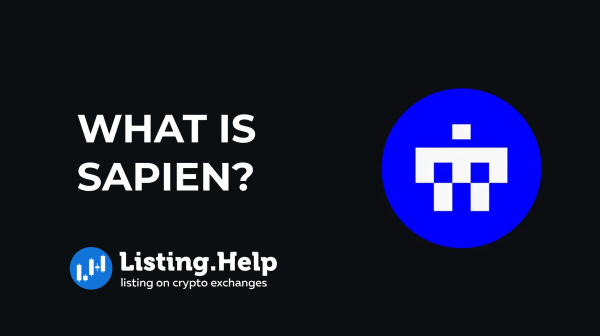
 December 15, 2025
December 15, 2025 
